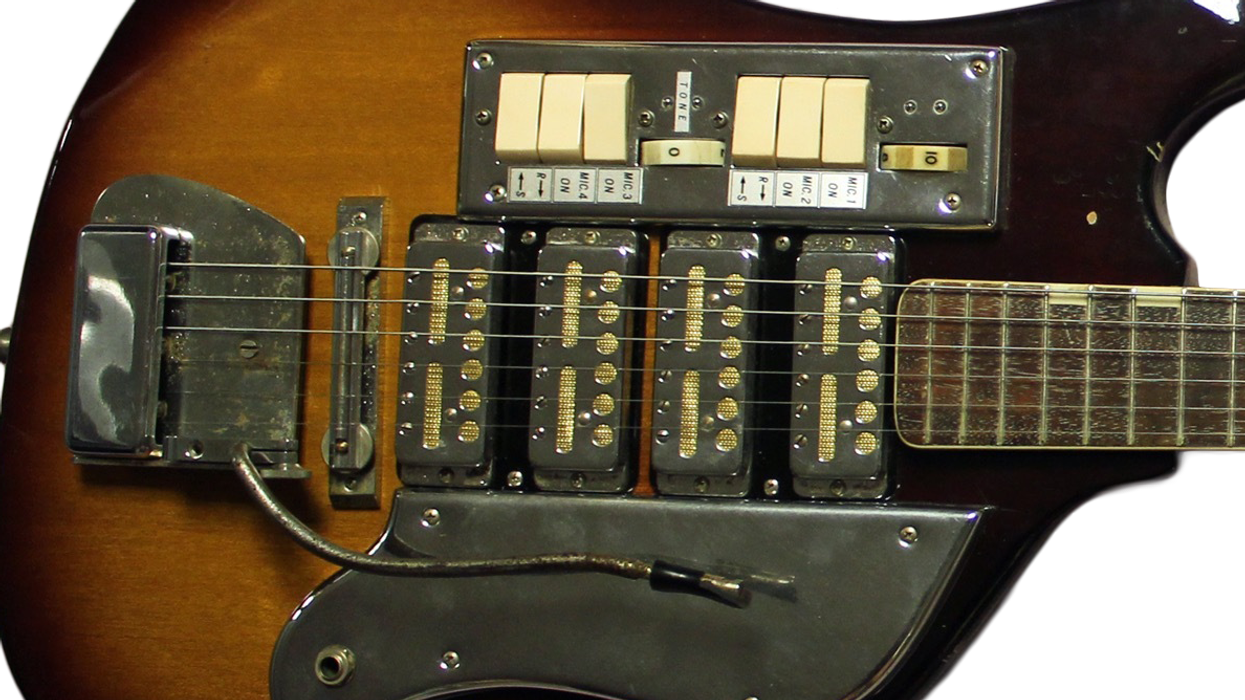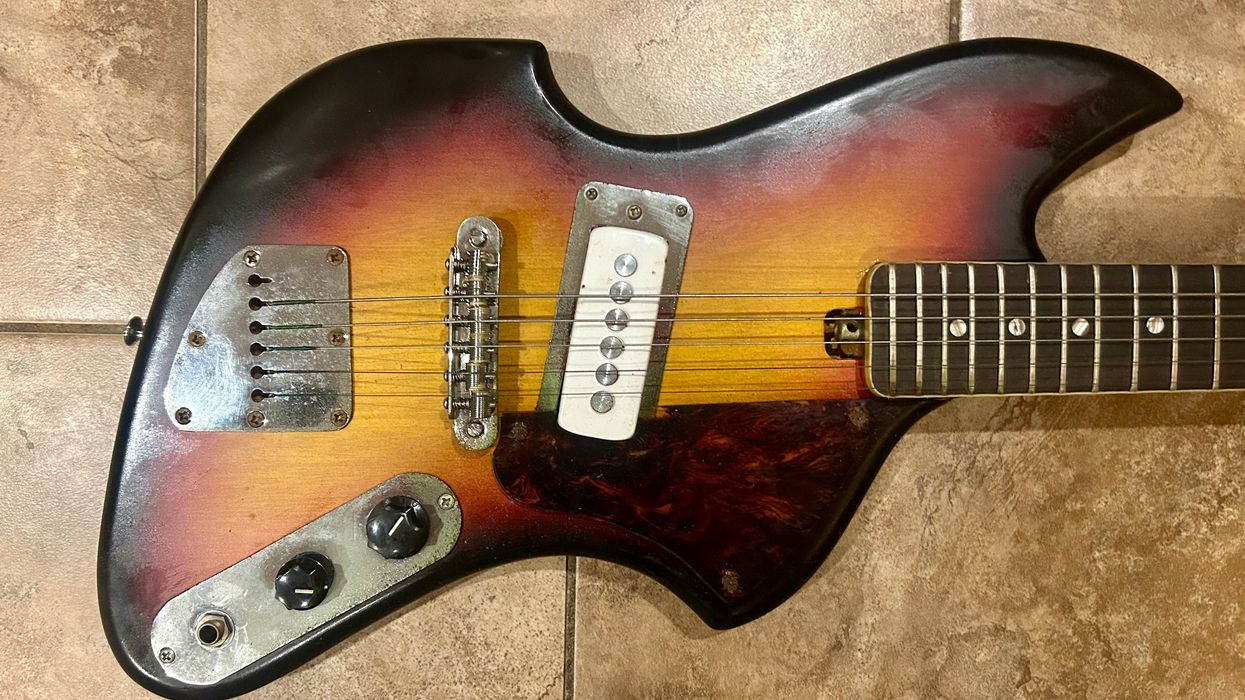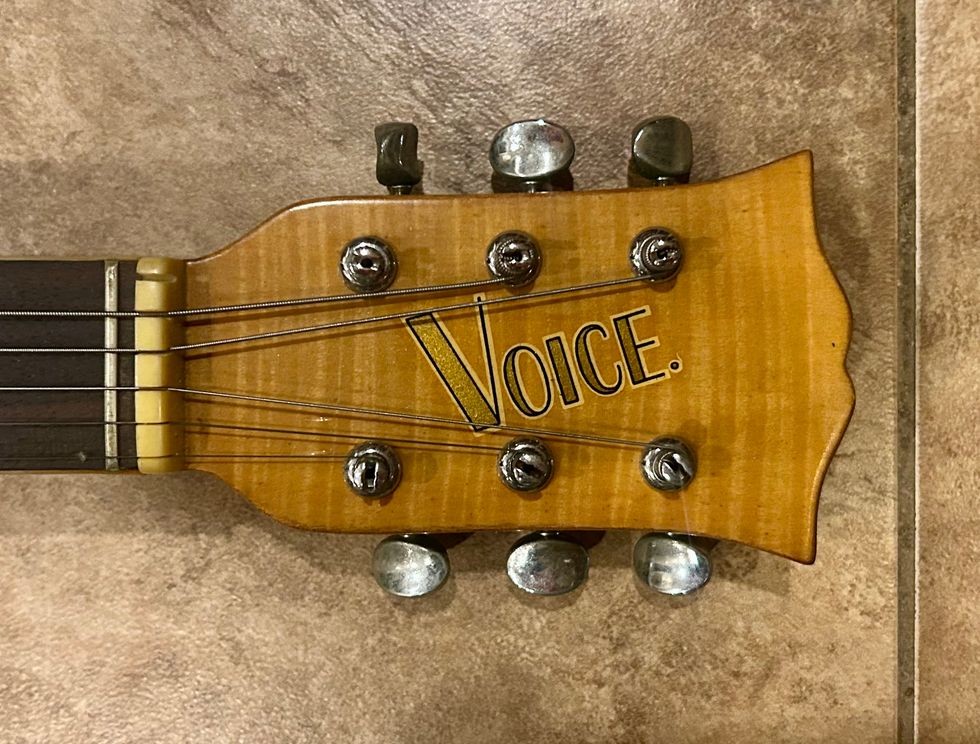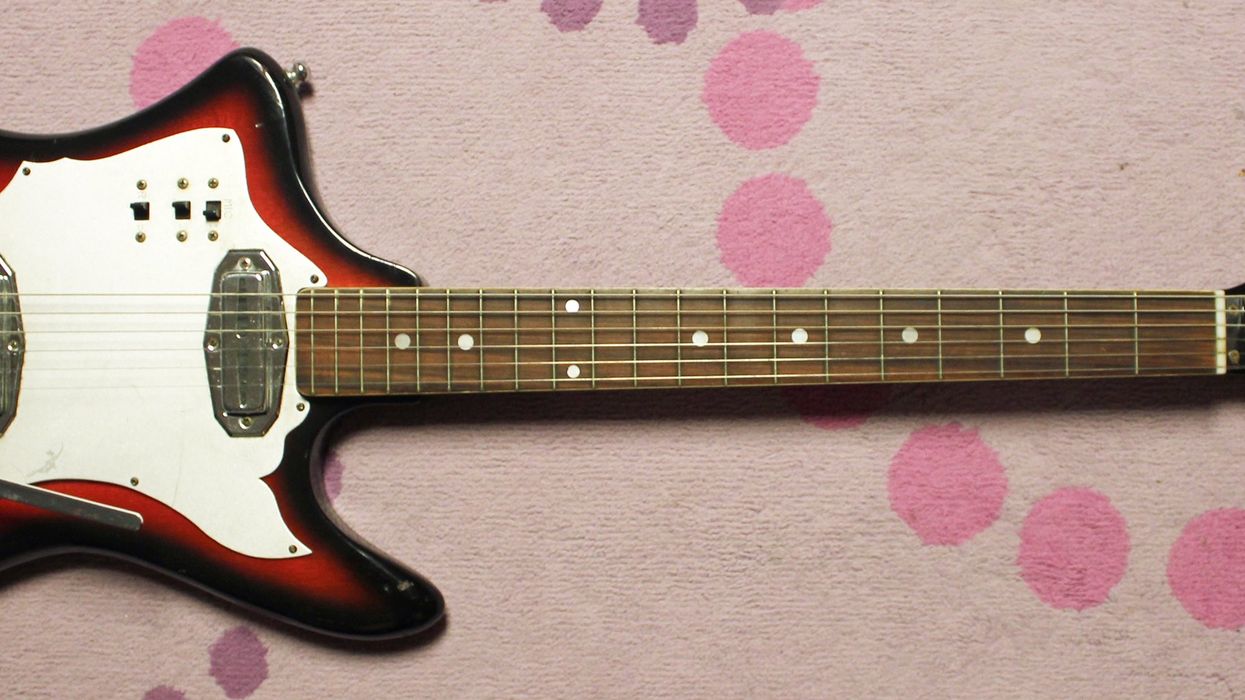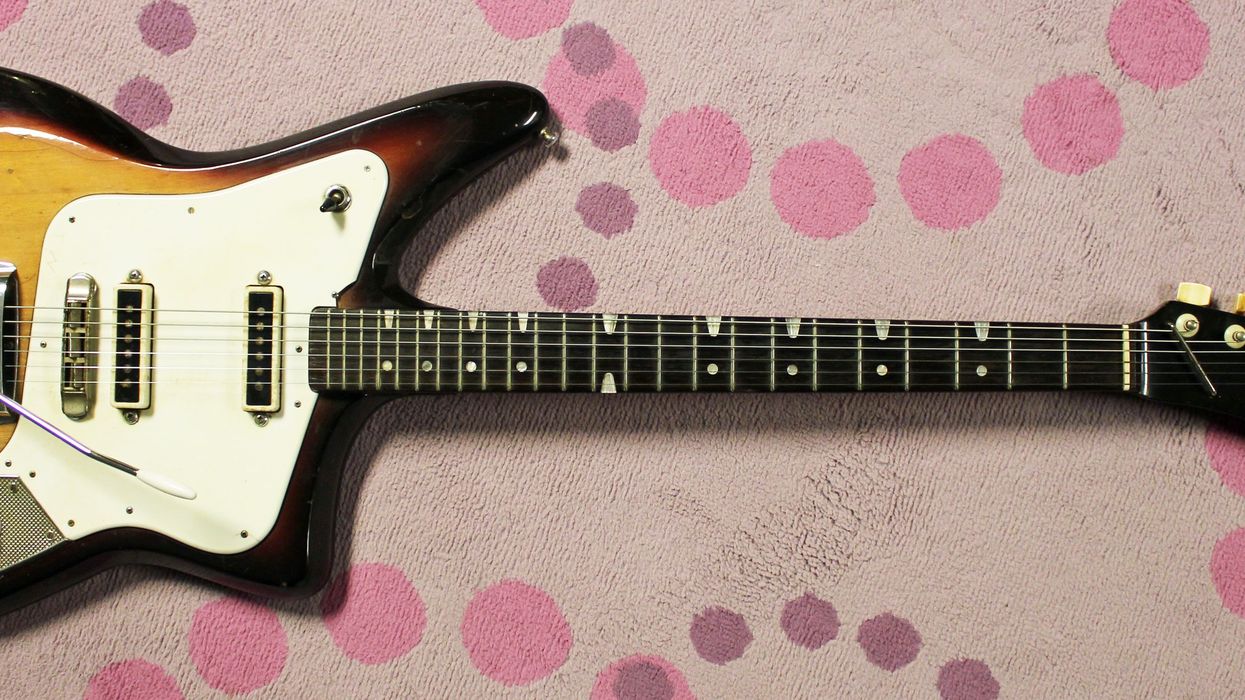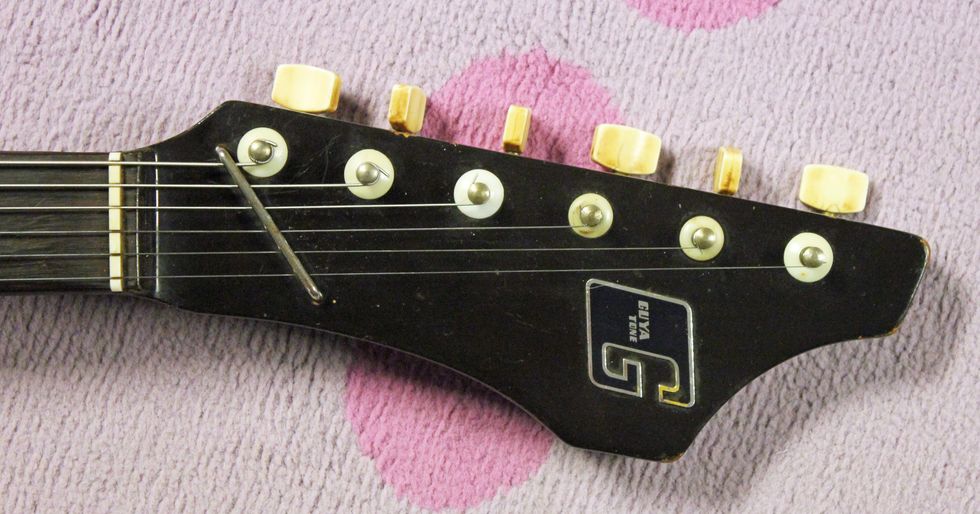Are any of you like me when it comes to TV watching? Like, I have cable and I have about five different streaming services, and I barely watch any of them. Seriously, all I ever watch is sports! But I spend so much money on the TV because my wife likes to watch certain things and my daughter likes to watch certain things and my son likes his stuff and for whatever reason they all tell me we need each of these different channels. My wife is always trying to get me to invest in some long series or drama, and I just get bored after a while and drop out. Recently though, she found Todd Haynes’ excellent Velvet Underground documentary, which I totally enjoyed. (Yeah, it wasn’t sports, but there were guitars, history, and great music!)
The Velvet Underground was a bit before my time, but I discovered them at a great period in my life—when I had simple needs, a miniscule budget, and a rabid need to make noise with a guitar. To the uninitiated, try to search out songs like “I’m Waiting For the Man,” “I Heard Her Call My Name,” and my personal VU favorite, “Sister Ray.”
I’ve always been fascinated with real characters—people who are just weirdly interesting. Usually I don’t find them; they find me. And man, the Velvets had some characters. Check out the movie if you can. It is well worth your time to see how all these interesting artistic movements coalesced with a music scene in New York. But I have to say, one thing I kept digging was the interesting gear the band was using in the early days: most notably fuzz boxes, Sears amps, and a wonderful little Japanese guitar called the Kent Copa.
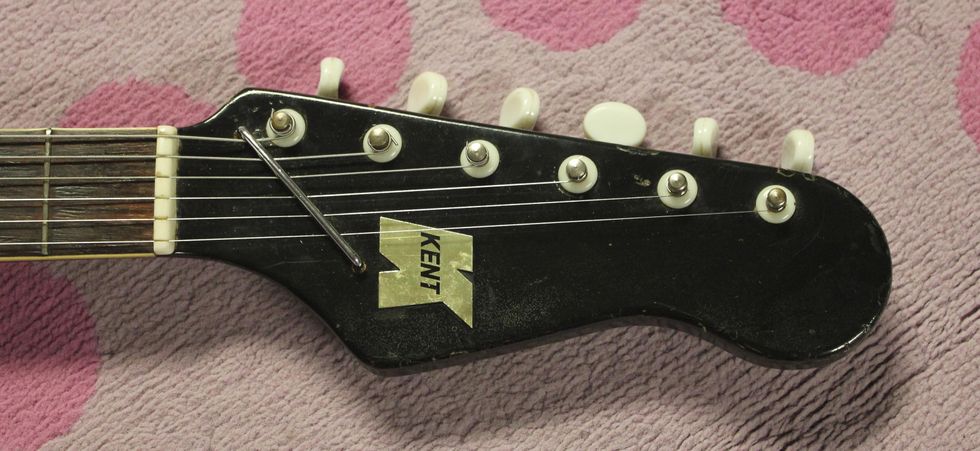
The Kent brand was manufactured in Japan by Guyatone.
I guess you’ve heard this from me many times, but around 1963, electric guitar popularity began to explode and the world was flooded with Japanese imports. The Kent brand name was used by the Buegeleisen & Jacobson Trading Company (B&G for short), based in New York City—just one of the many importers dealing with Japanese guitar builders at the time. From 1964 to 1966, almost all the Kent electric guitars were produced by the Tokyo Sound Company (more commonly known as Guyatone), which had an extensive catalog of guitars, amps, pickups, effects, and microphones—everything a budding musician would need.
And so it went that a humble Guyatone-built Kent guitar made it into the hands of Sterling Morrison and Lou Reed. If you check out the documentary or search out photos, it’s easy to see Sterling and Lou take turns tearing it up with a Kent Copa. (Of course, the guys played other guitars, too, and Lou is more associated with his black Gretsch 6112, especially in the early period. The VU was also endorsed by Vox and I seem to hear all sorts of early Vox effects in the songs.)
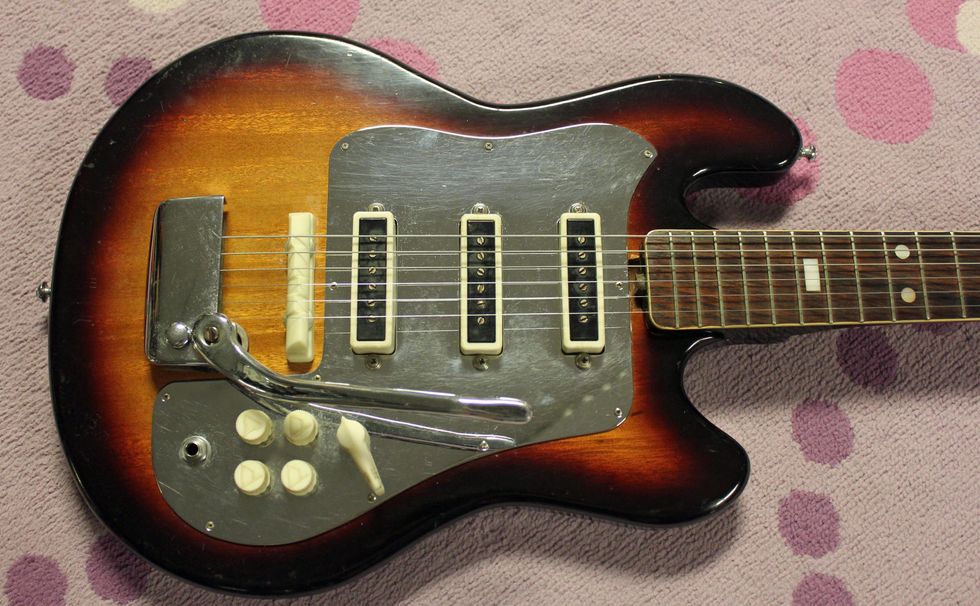
Here's a close-up look at those gnarly sounding pickups, tone and volume controls, rotary pickup selector. cheap-o plastic bridge, and surprisingly good vibrato.
As for the Kent Copa, it made its first appearance in the 1963 Kent catalog as a mid-level electric with a list price of $149. This model had a mahogany body and maple neck (supplied by the Japanese Mahura factory) paired with three Guyatone-made pickups, three volume controls, one tone control, and a rotary selector switch. The model came in red or sunburst, but I rarely see the red color. As the years passed, the Copa evolved a bit to feature better sounding pickups and a cheaper price. By mid-1966, the Copa only cost $112 and had two more finish options (honey blonde and cocoa tan), but the axe remained basically unchanged in its short three-year run.
The Kent Copa that Sterling and Lou were playing was from the 1964–’66 range, since theirs had the more angular, rectangle-shaped pickups. These were low-output pickups with a strong DC resistance rating, but they were rather gnarly with a hint of overdrive, even at calm control settings. The real magic happens when the Copa is paired with a raunchy amp (à la the Danelectro-made Silvertone 1484) and a primitive fuzz like the early Vox Tone Bender.
Two other quirks to note: The bridge was a non-adjustable plastic job that did not help with intonation. So, if your guitar was off from day one, it would be off forever. Second, the tremolo on the Kent Copa is actually very good! The spring is recessed into the body and the darn unit just works amazingly and has a great feel. There was a story that the founder of Guyatone, Mitsuo Matsuki, visited the Harmony Guitar factory here in the U.S. He observed all sorts of building techniques and tried his hand at making his own tremolo. Not really knowing anything about a guitar’s playability, he made an early tremolo that only moved one way and increased the pitch. Sort of weird, but by the time the Copa came out, Mitsuo had it all figured out. See—we all can learn and evolve! So, excuse me for now. I have to get upstairs to see the 76ers game!
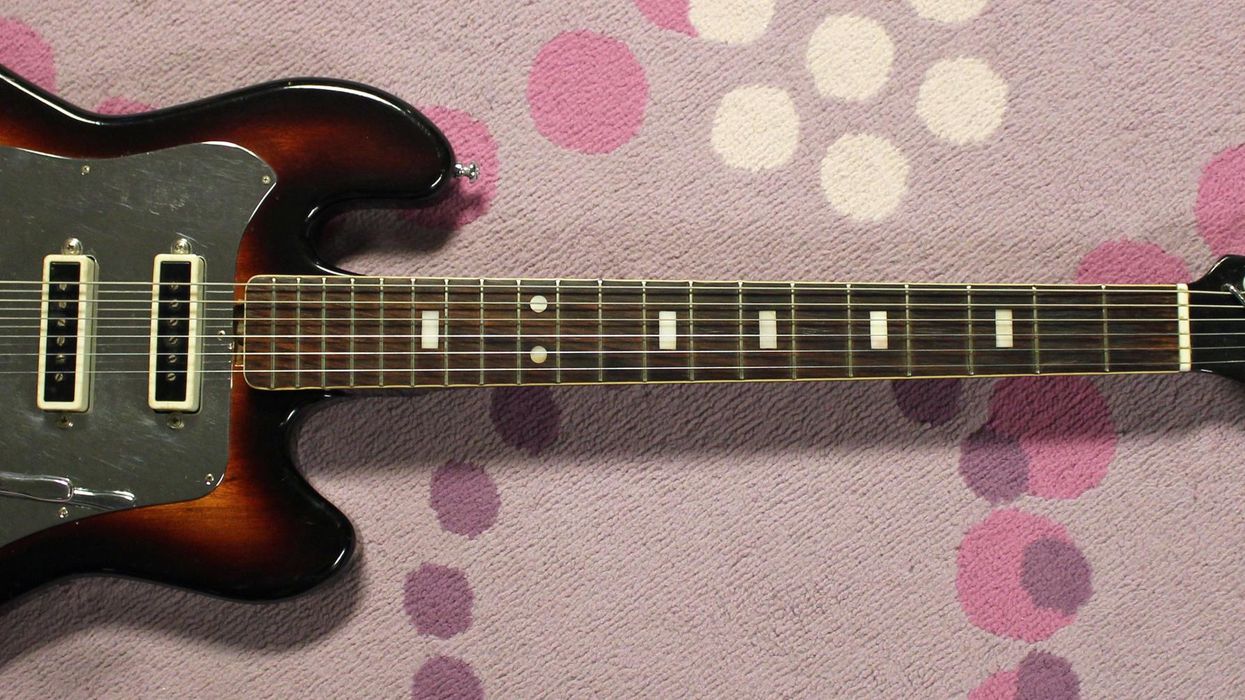

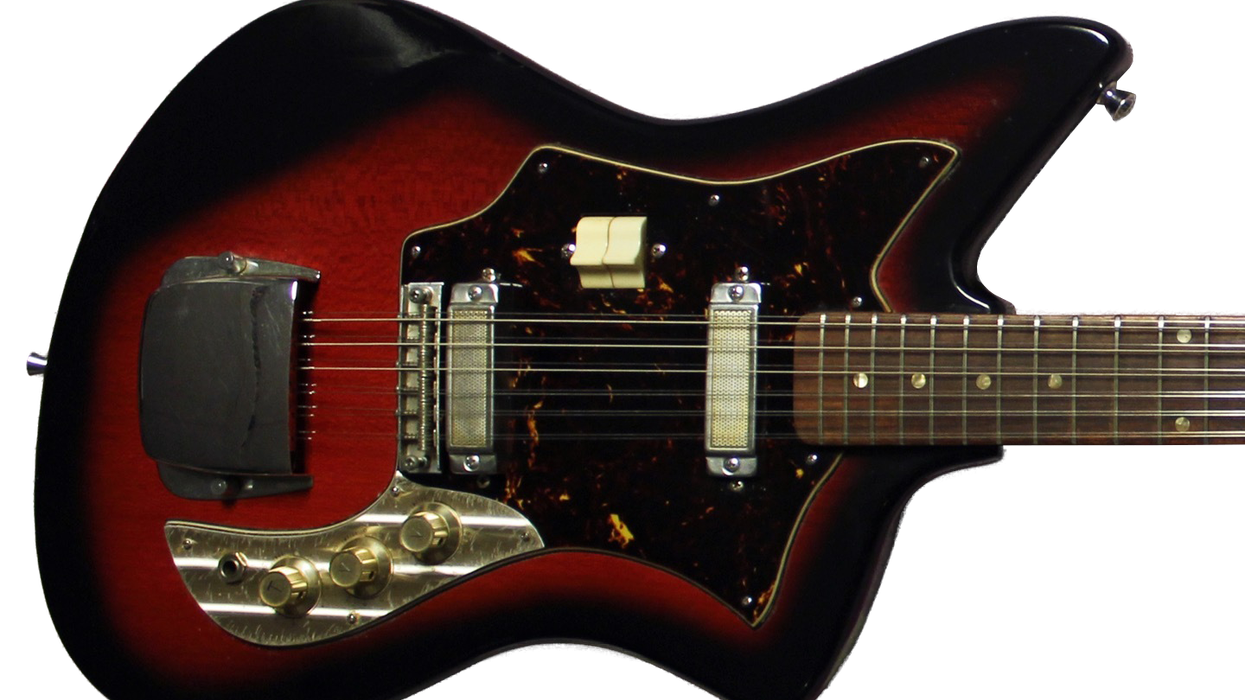
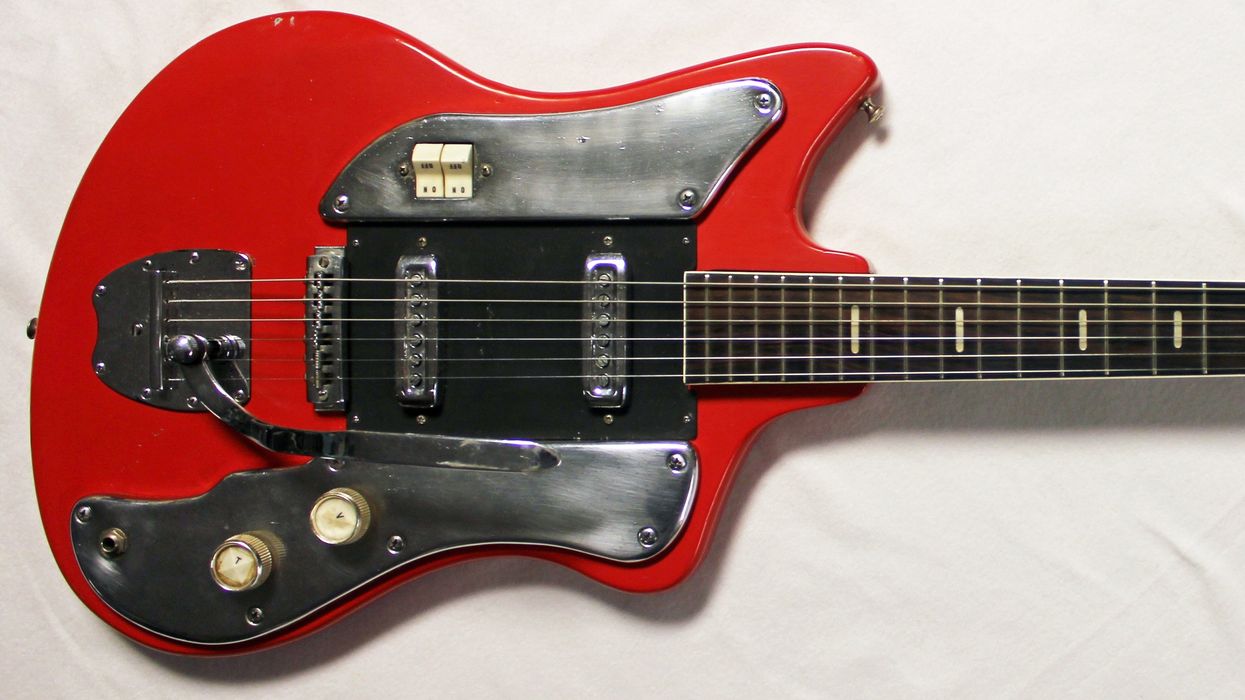
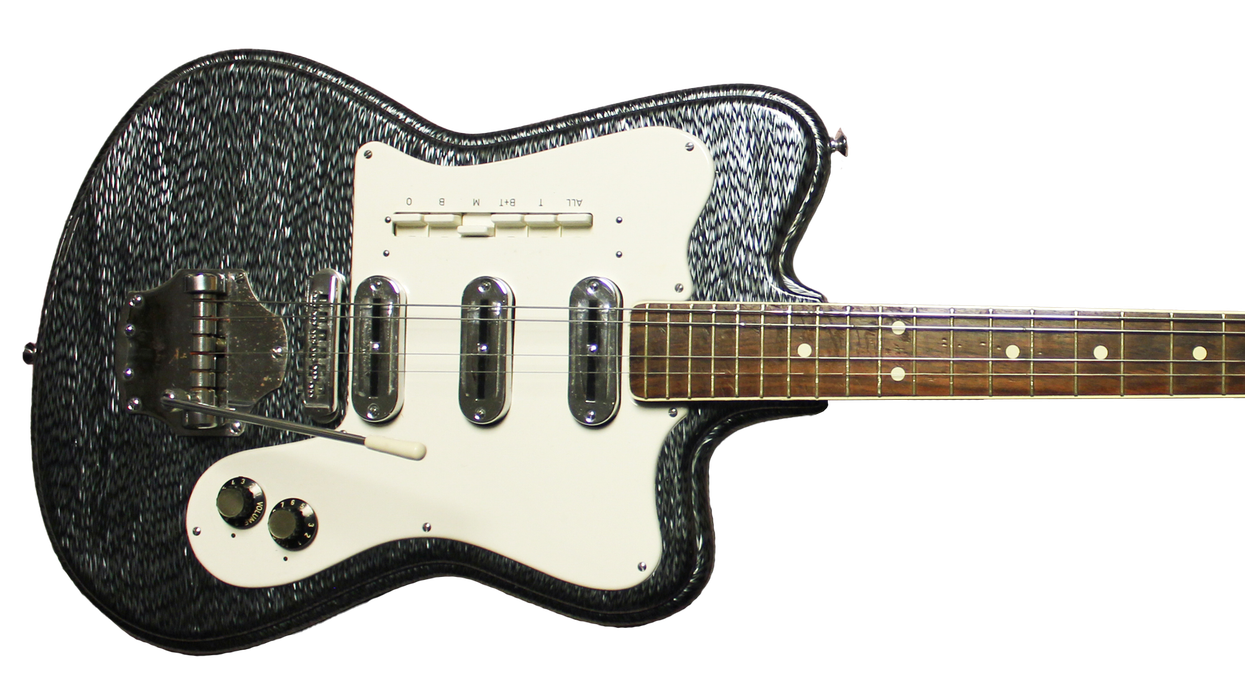
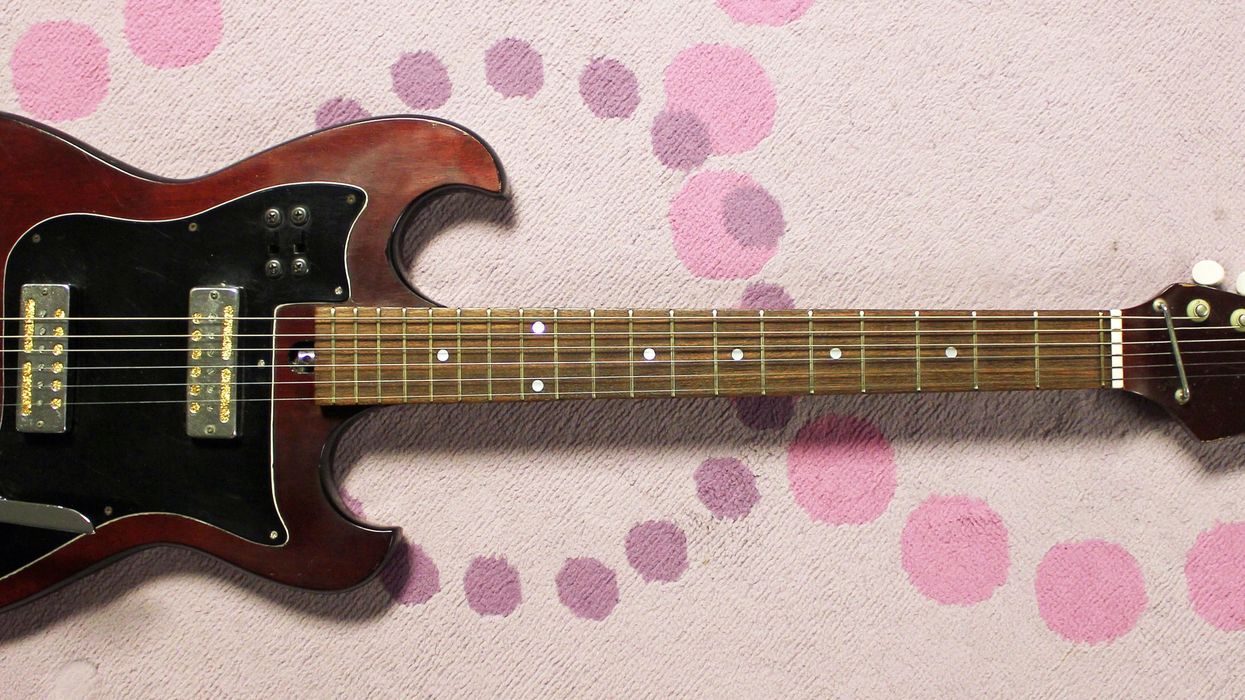
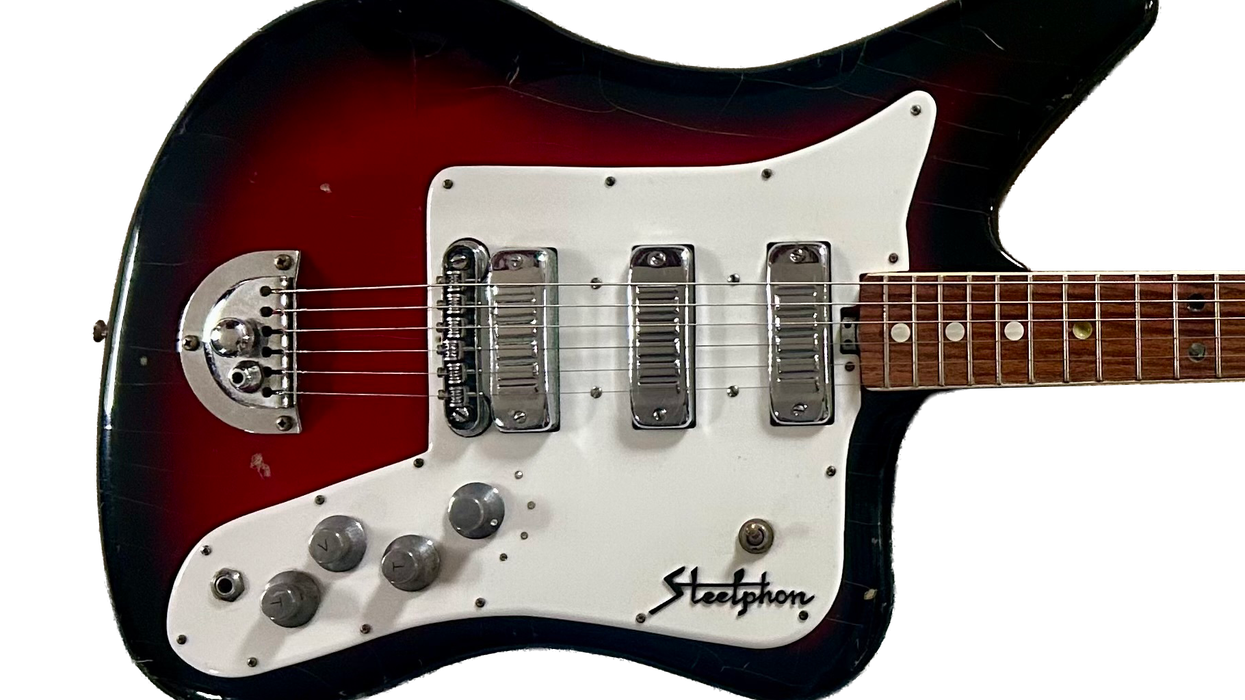
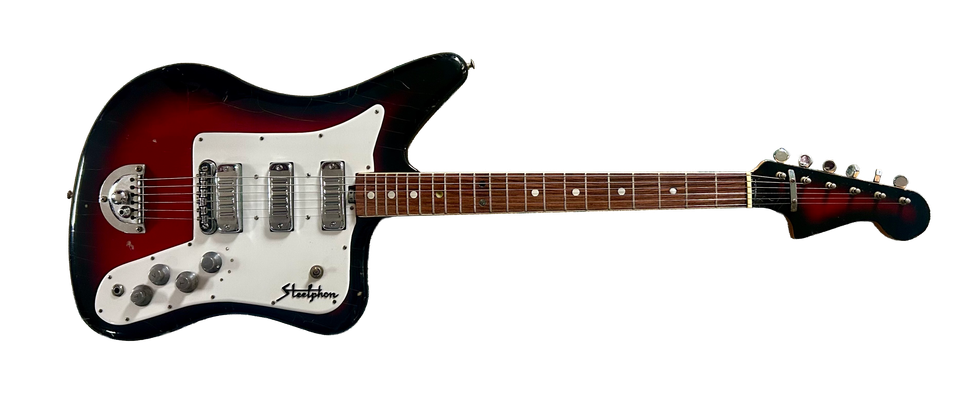 Then, in the dream, I “awoke” and realized I was back in my bedroom, and it was all just a dream. The kicker is that I was still dreaming, because that “paddle” guitar was suddenly in my hands—then I woke up for real! How about that misadventure?
Then, in the dream, I “awoke” and realized I was back in my bedroom, and it was all just a dream. The kicker is that I was still dreaming, because that “paddle” guitar was suddenly in my hands—then I woke up for real! How about that misadventure?





